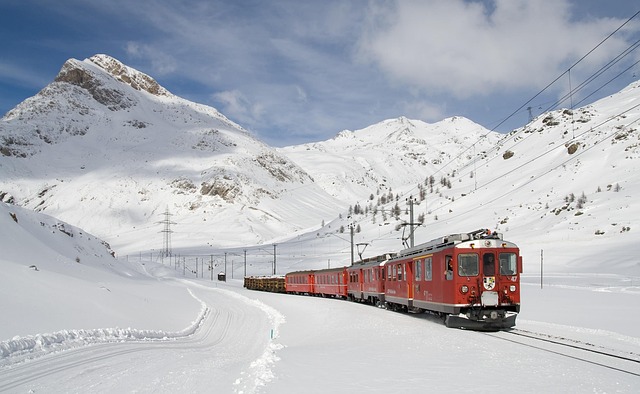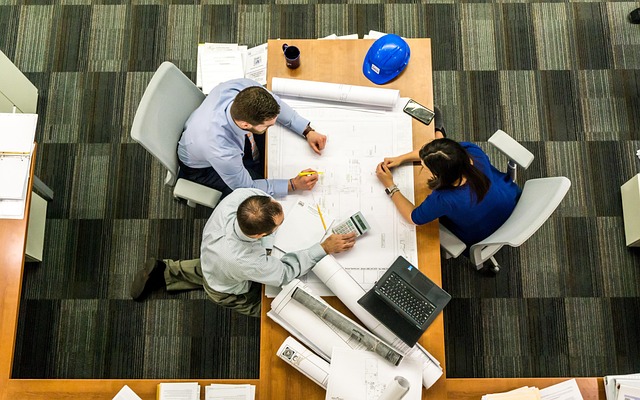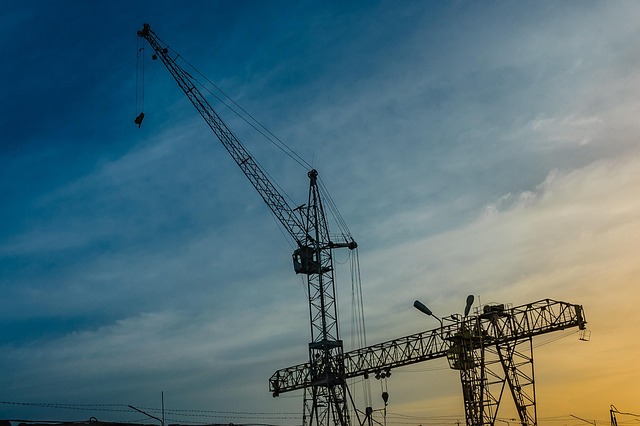Revolutionizing Transportation: The Future of Railway Infrastructure
Railway infrastructure has long been the backbone of efficient transportation, connecting cities, facilitating commerce, and shaping the growth of nations. As we look toward the future, innovation in railway infrastructure promises to transform how we experience travel, enhance sustainability, and meet the demands of an increasingly connected world.
The heart of any railway system lies in its infrastructure — the tracks, signaling systems, stations, and control centers that ensure safety and reliability. However, traditional railway infrastructure often struggles to keep up with rising passenger volumes and freight demands, leading to congestion and delays. Addressing these challenges means embracing cutting-edge technology and reimagining the way railways are designed and maintained.
Smart Technologies Breathing New Life into Railways
One of the most exciting developments in railway infrastructure is the integration of smart technologies. Sensors embedded along tracks can monitor conditions in real time, predicting maintenance needs before problems arise. This not only enhances safety but also reduces costly downtime, making railways more reliable for passengers and freight operators alike.
Advanced signaling systems leveraging artificial intelligence are enabling trains to run closer together without compromising safety, increasing capacity without the need for extensive physical expansion. These “smart” systems optimize traffic flow and energy use, contributing to greener, more efficient transportation networks.
Sustainability at the Core of Modern Railway Design
As concerns over climate change intensify, railway infrastructure is rising to the challenge by prioritizing eco-friendly materials, energy regeneration, and renewable energy integration. Modern stations incorporate solar panels and energy-efficient designs, while trains often utilize electrified tracks powered by renewable sources. This shift not only reduces carbon footprints but also lowers operational costs over time.
Furthermore, the design of interconnected, multi-modal transport hubs supports seamless transitions between trains, buses, and bike-sharing systems, encouraging passengers to choose public transportation over private vehicles.
High-Speed and Hyperloop: The Next Frontier
Innovations like high-speed rail networks and emerging hyperloop technologies are pushing the boundaries of speed and efficiency. These advancements promise to shrink travel times drastically, making regional commutes faster and more appealing. Building the infrastructure to support such high-velocity systems involves new materials, precision engineering, and advanced safety protocols.
Investing in these futuristic transport modes requires visionary planning but offers tremendous potential for economic growth and regional connectivity.
Building Resilient and Inclusive Railways
Resilience is a key consideration in future railway infrastructure. Climate-resilient designs protect against floods, earthquakes, and extreme weather, ensuring continuity in service. Moreover, accessibility is receiving much-needed attention — building inclusive environments that accommodate passengers of all ages and abilities with ramps, tactile guides, and clear communication systems.
Inclusive infrastructure fosters a sense of community and ensures that the benefits of railway advancements are shared by everyone.
Railway infrastructure is at a pivotal point. By embracing innovation, sustainability, and inclusivity, we are not just enhancing transportation — we are laying the foundation for smarter, greener, and more connected communities worldwide.




